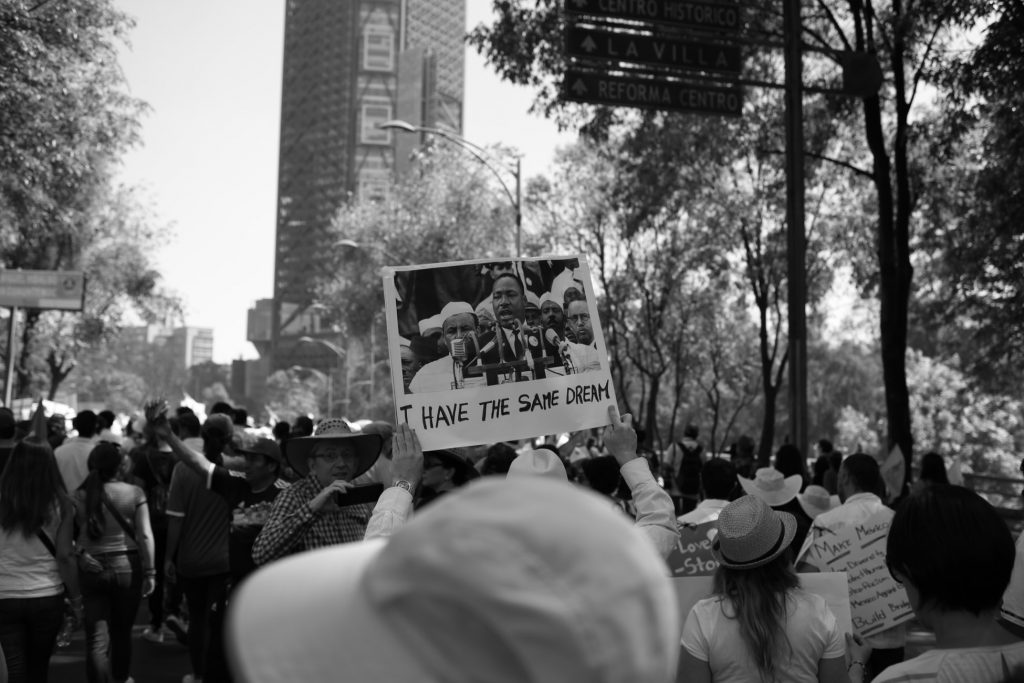
Hi everyone. This post today will likely ruffle some feathers. I only ask that you read it with an open mind, and maybe while eating a bar of dark chocolate (it reduces stress). If you’re a regular reader of my ramblings, you know that I frequently point out various flaws in our field. I do this because I love our sector and the people in it, and I believe in our potential to be truly transformative, to be able to help create the kind of inclusive, equitable world we know is possible. We cannot achieve that potential if we become complacent or self-satisfied with the way things are.
Most of my criticisms have been met with openness, even in disagreement. When I point out how evaluation is so white and problematic, (for examples here, here, and here), colleagues in data and evaluation engage in thoughtful and constructive dialogs. When I provide hard feedback about capacity building (here, here, and here), colleagues in capacity building welcome the discussions.
Continue reading →




